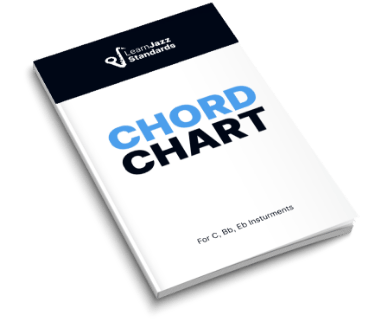Major scales contain almost everything you need to understand harmony, melody, and the basics of jazz improvisation. Contained within this series of whole and half steps lies the intervallic and chordal relationships found in many jazz standards.
Mastering the major scale makes it much easier to memorize chord progressions and create moving, musical melodies when improvising. In this article, we’ll dive deep into the major scale.
By the end of this article, you have three different ways to conceptualize the major scale, and you’ll learn how the major scale is used to construct chords and chord progressions!
What is the major scale? It’s everything!
If you want to unlock the secrets of jazz theory, then you should check out the Learn Jazz Standards Inner Circle. The Inner Circle has everything you need to master jazz theory—and improve your musicianship and jazz improvisation skills as well!
Do your jazz chops need an upgrade? Check out the Inner Circle today!
Table of Contents
Ways to Think of the Major Scale When Practicing
When first learning music theory, separating concepts into different categories is easiest. That’s why you are taught to think of chords as chords and scales as scales. But in reality, both chords and scales are two ways of organizing the same thing—pitch environments.
A pitch environment is a collection of pitches that have a particular sound when grouped together. The major scale is one such pitch environment.
Let’s explore three ways to picture the major scale that will help you understand it better as a whole.
Thinking of Major Scales As Sequences or Formulas
Western music divides an octave into 12 pitches—these are the 12 notes found in the chromatic scale. Each pitch is one half step away from the other:

The major scale only has seven notes in it. To fit seven notes across twelve pitch options, we must omit some pitches on our way through the octave. This is where the major scale formula comes in.
The major scale formula lets us know what size steps we need to take as we progress through the scale.
We have two options:
- whole steps
- half steps
A whole step is twice as large an interval as a half step, and a half step is the smallest interval unit in music theory (western music makes use of microtones, and other music traditions have smaller units than a half step, but for our purposes, half steps are the smallest).
- A whole step is the distance between C and D
- A half step is the distance between C and Db/C#
The major scale formula is like a set of directions that lets us know what steps to take and when to take them. Here is the major scale formula:
- W-W-H-W-W-W-H
If you pick any of the 12 notes and follow this formula, you’ll end up an octave higher on the same note. Let’s try it out!
Follow the arrows and take notice of the whole steps and half steps that lead us to the next C:

No matter which note you start on, you’ll end up one octave higher on the same note if you follow this formula. Here is the same formula starting on a D:

Thinking of Major Scales As Sets of Interval Relationships
Other ways to think about the major scale complement understanding it as a formula. You should also think about the major scale as a set of intervals measured from the root.
If memorizing the major scale formula helps you see it linearly, memorizing the interval relationships in the major scale will help you see it more like a chord player—you’ll see the dimensionality of the major scale.
The 12 Intervals in an Octave
Before exploring the intervals within the major scale, let’s first look at all the different intervals within an octave. Using C as our root note, we’ll identify and name the distances between these notes.
Remember, intervals are distances between two notes!
Minor Second
Here, we have a minor second interval between C and Db/C#:
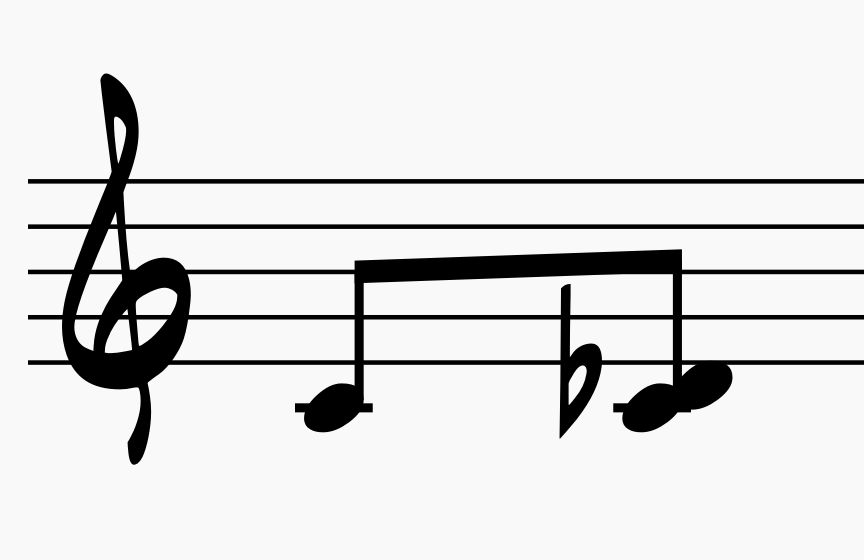
Major Second
Here is a major second interval between C and D:
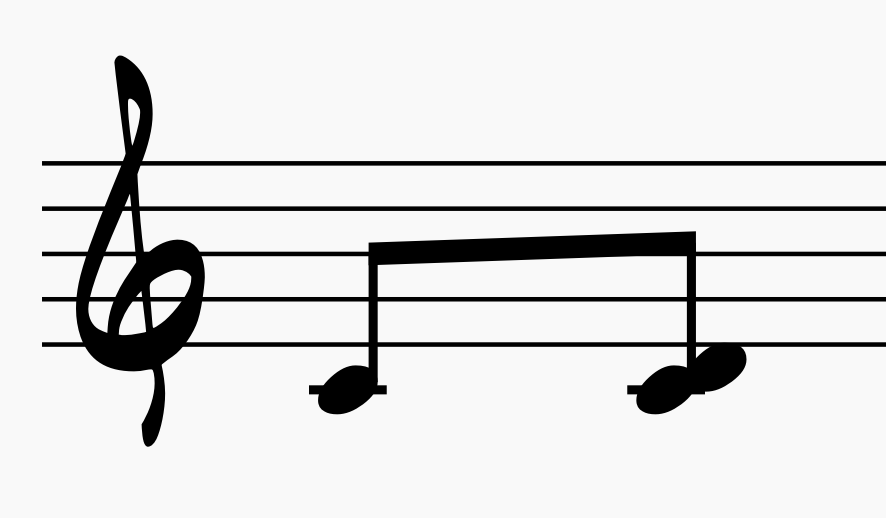
Minor Third
Here is a minor third interval between C and Eb (D#):
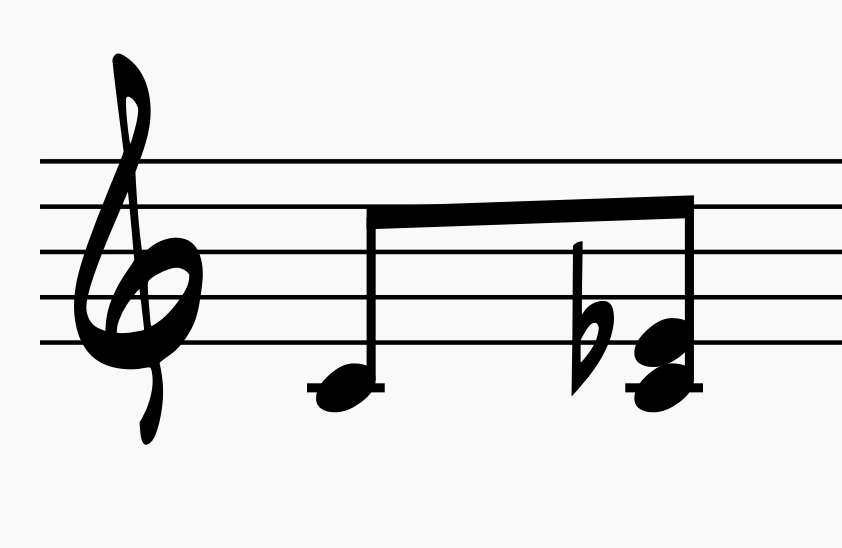
Major Third
Here is a major third interval between C and E:
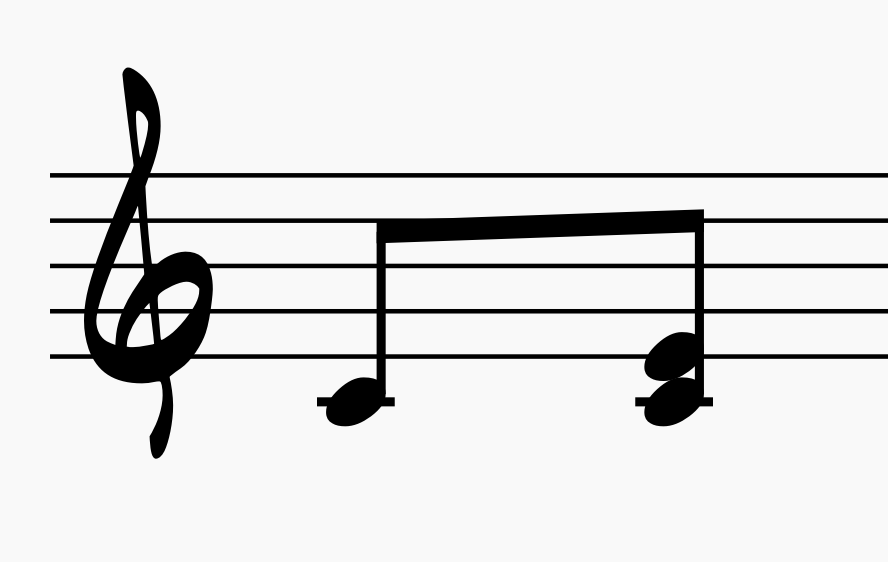
Perfect Fourth
Here is a perfect fourth interval between C and F:
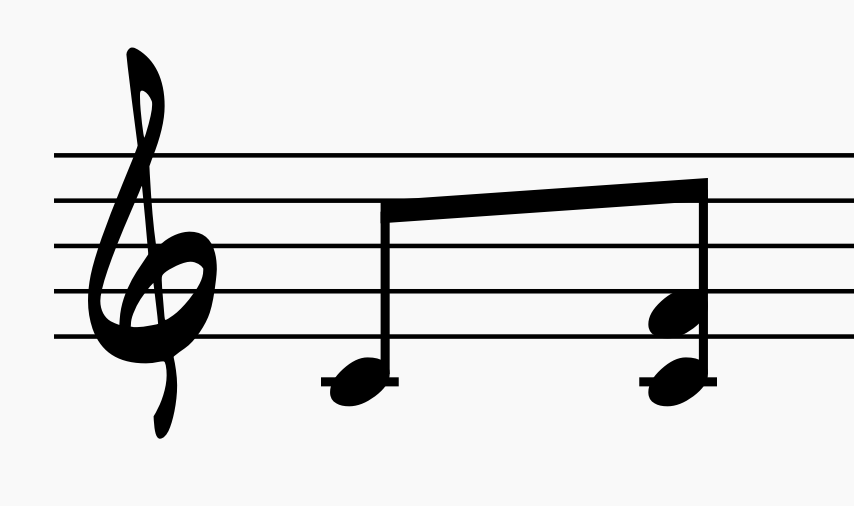
Tritone
Here is a tritone interval between C and Gb (F#):
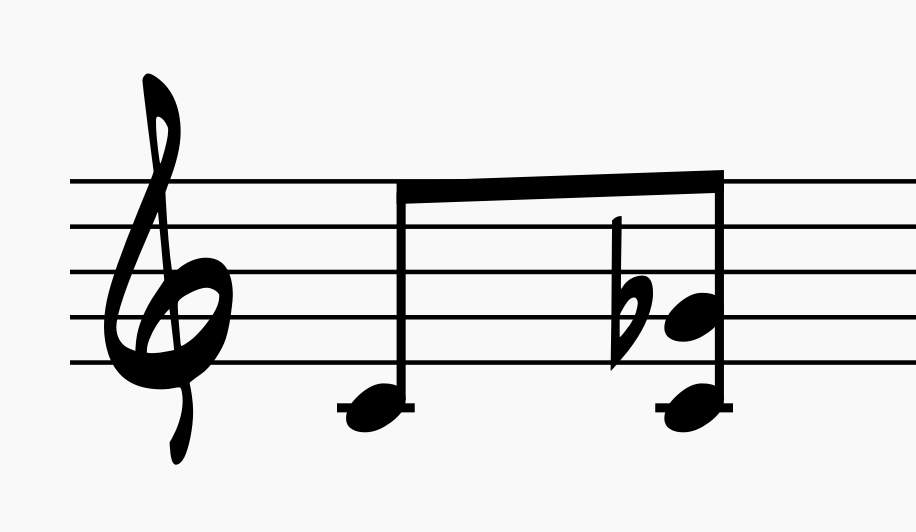
Perfect Fifth
Here is a perfect fifth interval between C and G:
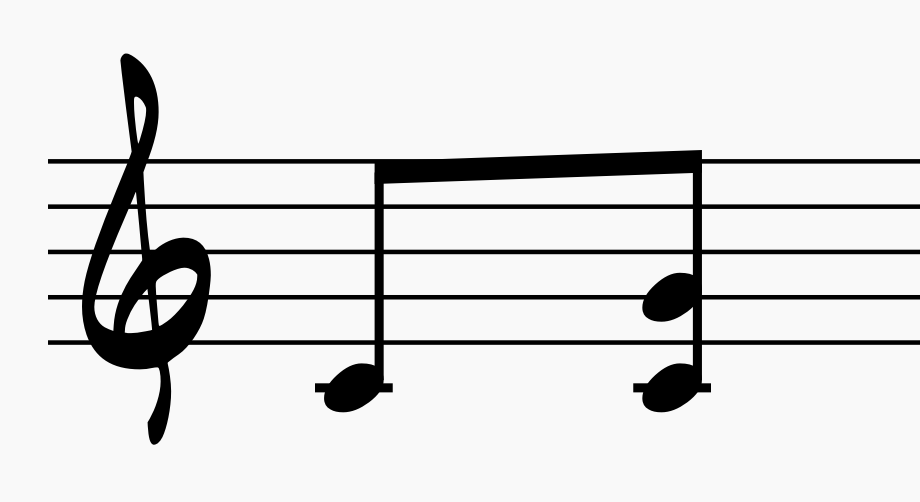
Minor Sixth
Here is a minor sixth interval between C and Ab (G#):

Major Sixth
Here is a major sixth interval between C and A:
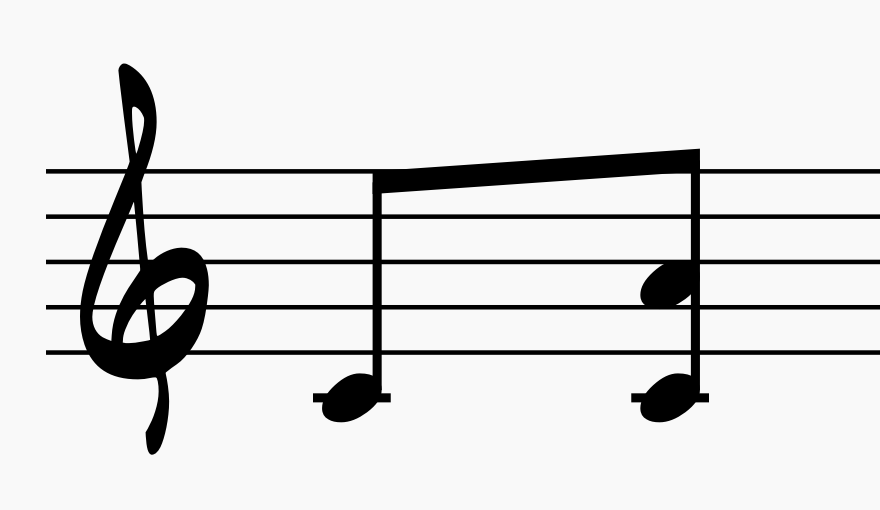
Minor Seventh
Here is a minor seventh interval between C and Bb (A#):
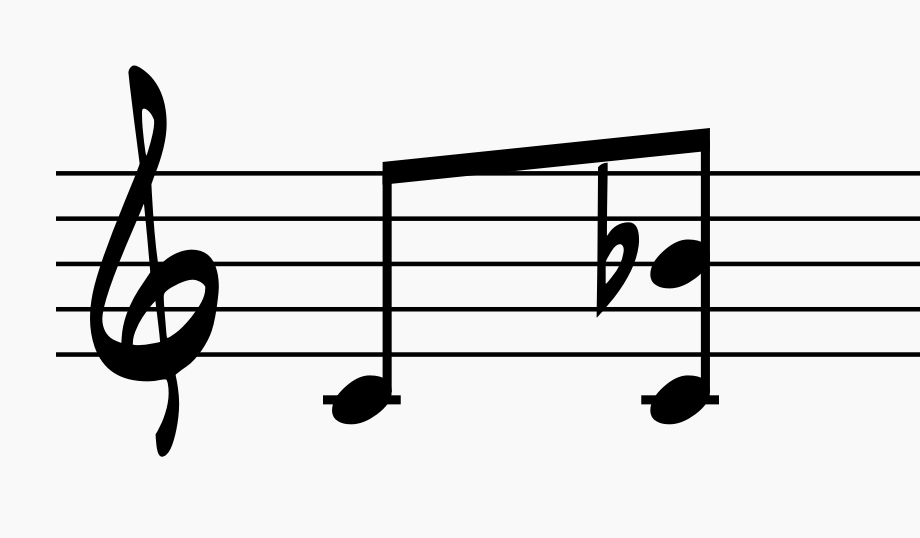
Major Seventh
Here is a major seventh interval between C and B:
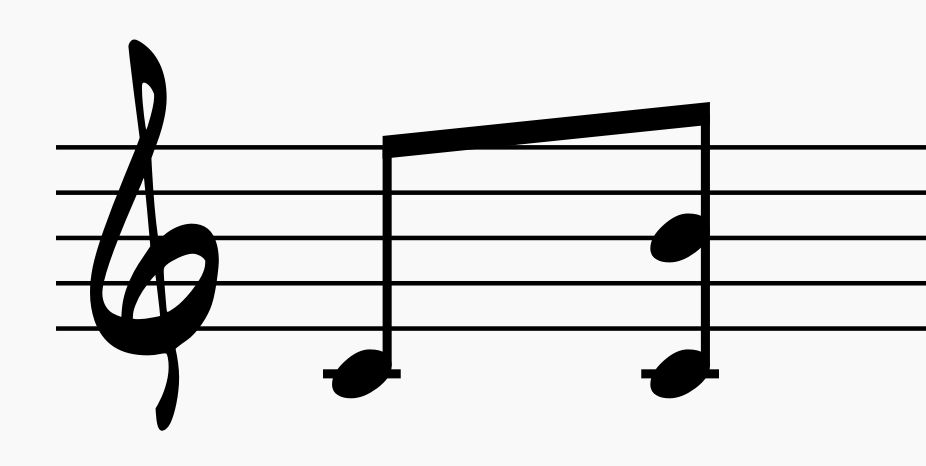
Octave
Here is an octave between C and C:
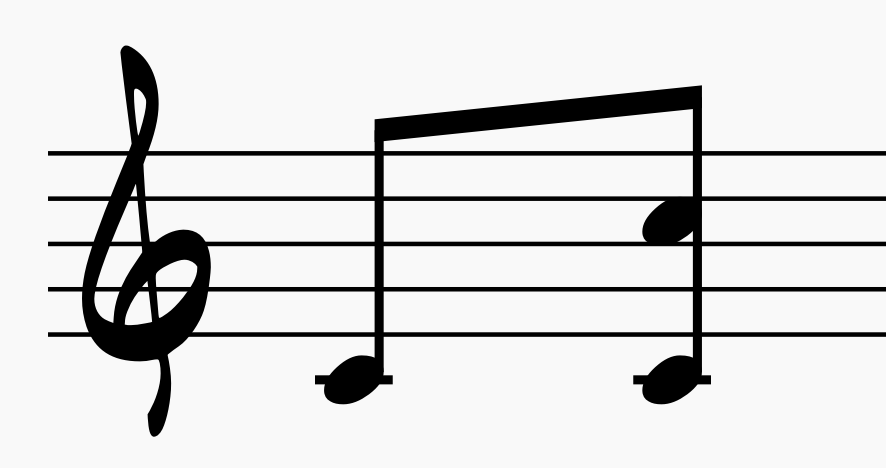
BEFORE YOU CONTINUE...
If music theory has always seemed confusing to you and you wish someone would make it feel simple, our free guide will help you unlock jazz theory secrets.

Intervals Within the Major Scale
Now that we’ve identified all twelve intervals within an octave, let’s isolate the intervals found within the major scale:

These are the scale degrees of the major scale:
- C to C is a Unison Interval
- C to D is a Major Second (M2)
- C to E is a Major Third (M3)
- C to F is a Perfect Fourth (P4)
- C to G is a Perfect Fifth (P5)
- C to A is a Major Sixth (M6)
- C to B is a Major Seventh (M7)
- C to C is an Octave
Remember that the major scale formula can start on any of the 12 notes within an octave! Though the note names may change, the note relationships, including intervallic relationships, stay the same!
That means an A flat major scale contains all the same relationships as a B flat major scale or C major scale (or any major scale), even though the individual note names change.
Thinking of the Major Scale Chordally
Thinking about the intervallic relationships in the major scale opens the door to identifying the diatonic chords within it. Diatonic means “within the scale.” Therefore, we can construct diatonic chords from the notes of the major scale.
If we keep all the intervallic relationships in mind when harmonizing the major scale, we end up with all the diatonic chords in major and minor keys.
Here is the C major scale harmonized in thirds. We end up with a sequence of triads that comprise the key of C major:

Composers and songwriters use the scale degrees of major scale to construct diatonic chord progressions. Most pop tunes and even some jazz standards are written entirely within the diatonic framework of one key signature, which is derived from the major scale.
- The I chord is built from the root of the major scale, and its scale degree name is the Tonic.
- The ii chord is built from the second scale degree, and its scale degree name is the Supertonic.
- The iii chord is built from the third scale degree, and its scale degree name is the Mediant.
- The IV chord is built from the fourth scale degree. Its scale degree name is the Subdominant.
- The V chord is built from the fifth scale degree, and its name is the Dominant.
- The vi chord is built from the sixth scale degree. Its name is the Submediant.
- The vii° chord is built from the seventh scale degree. Its name is the Leading Tone.
For more on the chord progressions found in jazz, check out this post on 9 jazz chord progressions you need to know.
Now that we’ve discussed three ways to conceptualize the major scale in theory, let’s look at all twelve real-world major scales.
Remember—no matter which major scale you play, all the intervallic relationships, step sequences, and chordal relationships are the same! It’s only the pitches that change from scale to scale.
The major scale structure is absolute!
12 Major Scales (All 12 Keys)
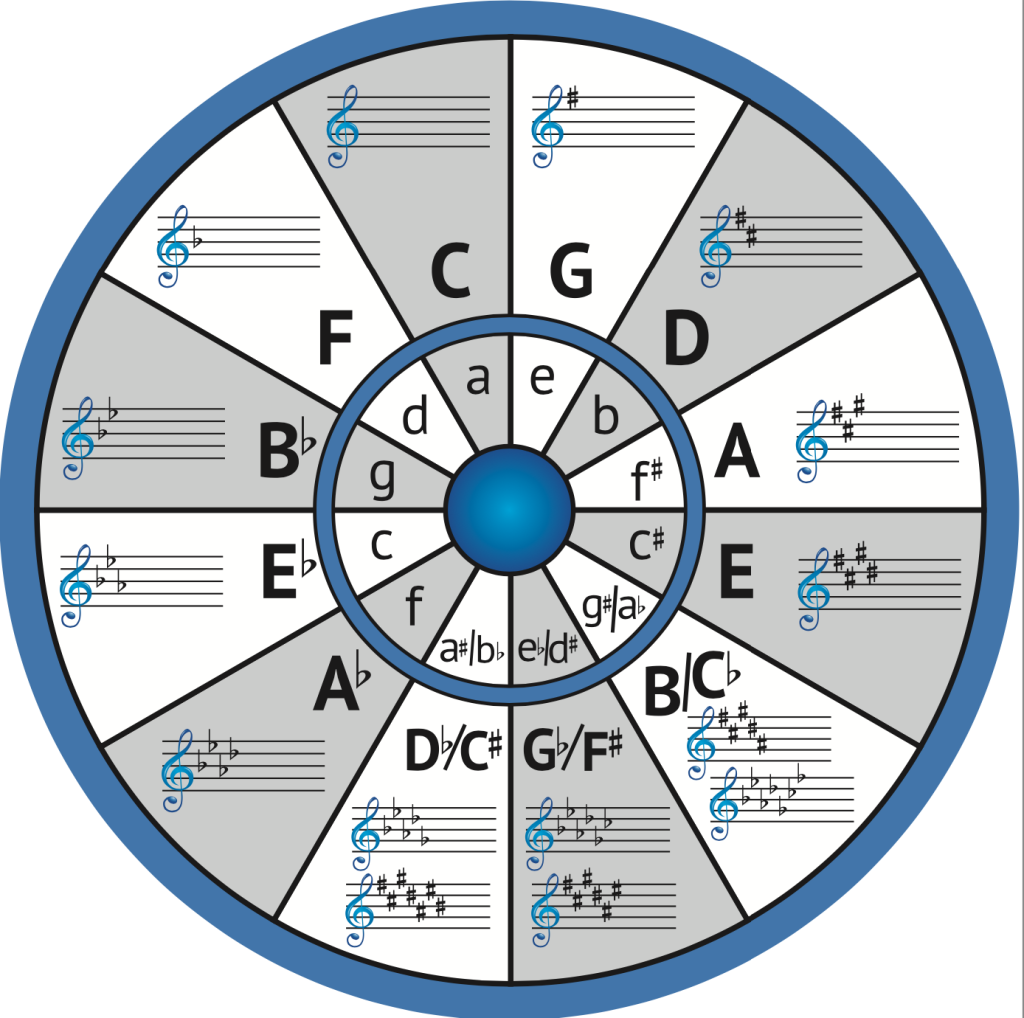
Source: https://www.grossepointemusicacademy.com/circle-of-5ths/
Here are all twelve major scales. We’ll start with the C major scale and move in the cycle of fourths (moving left on the circle) until we return to C.
Every major key has a relative minor key derived from the sixth scale degree of its major counterpart. This not only gives us minor keys, but also minor scales as well.
This opens the door to learning the modes of the major scale, as the sixth mode of the major scale is the Aeolian or natural minor scale. To learn more about the modes of the major scale, check out our ultimate guide to modes of the major scale.
C Major Scale

The key of C major has no sharps or flats and is spelled:
- C-D-E-F-G-A-B-C
The relative minor key of C major is A minor and is made of the same sequences of notes as C major, only it starts on A:
- A-B-C-D-E-F-G-A
F Major Scale

The key of F has one flat and is spelled:
- F-G-A-Bb-C-D-E-F
The relative minor key of F major is D minor and is spelled:
- D-E-F-G-A-Bb-C-D
Bb Major Scale

The key of Bb has two flats and is spelled:
- Bb-C-D-Eb-F-G-A-Bb
The relative minor key of Bb major is G minor and is spelled:
- G-A-Bb-C-D-Eb-F-G
Eb Major Scale

The key of Eb has three flats and is spelled:
- Eb-F-G-Ab-Bb-C-D-Eb
The relative minor key of Eb is C minor and is spelled:
- C-D-Eb-F-G-Ab-Bb-C
Ab Major Scale

The key of Ab has four flats and is spelled:
- Ab-Bb-C-Db-Eb-F-G-Ab
The relative minor key of Ab major is F minor and is spelled:
- F-G-Ab-Bb-C-Db-Eb-F
Db Major Scale (Also C Sharp Major Scale)

The key of Db has five flats and is spelled:
- Db-Eb-F-Gb-Ab-Bb-C-Db
The key of C# is enharmonically equivalent to Db (meaning it sounds the same) but is spelled differently. Every note is sharp in the key of C#:
- C#-D#-E#-F#-G#-A#-B#-C#
The relative minor key of Db is Bb minor and is spelled:
- Bb-C-Db-Eb-F-Gb-Ab-Bb
F# Major Scale (Also G Flat Major Scale)

The Key of F# has six sharps and is spelled
- F#-G#-A#-B-C#-D#-E#-F#
The key of Gb is enharmonically equivalent to F# but is spelled differently. It has six flats:
- Gb-Ab-Bb-Cb-Db-Eb-F-Gb
The relative minor key of F# major is D# minor and is spelled:
- D#-E#-F#-G#-A#-B-C#-D#
B Major Scale (Also Cb Major Scale)

The key of B has five sharps and is spelled:
- B-C#-D#-E-F#-G#-A#-B
The key of Cb, though rare, is technically a real key signature and is enharmonically equivalent to the key of B. Every note in the key of Cb is flat, which is spelled:
- Cb-Cb-Eb-Fb-Gb-Ab-Bb-Cb
The relative minor key of B major is G# minor, and it’s spelled:
- G#-A#-B-C#-D#-E-F#-G#
E Major Scale

The key of E has four sharps and is spelled:
- E-F#-G#-A-B-C#-D#-E
The relative minor key of E major is C# minor. It is spelled:
- C#-D#-E-F#-G#-A-B-C#
A Major Scale

The key of A has three sharps and is spelled:
- A-B-C#-D-E-F#-G#-A
The relative minor of A major is F# minor, and it’s spelled:
- F#-G#-A-B-C#-D-E-F#
D Major Scale

The key of D has two sharps and is spelled:
- D-E-F#-G-A-B-C#-D
The relative minor key of D major is B minor, which is spelled:
- B-C#-D-E-F#-G-A-B
G Major Scale

The key of G has one sharp and is spelled:
- G-A-B-C-D-E-F#-G
The relative minor key of G major is E minor. E minor is spelled:
- E-F#-G-A-B-C-D-E
Now that you understand the major scale, it’s time to practice it! Check out this article on different ways to practice scales to add variety and thoroughness to your jazz practice sessions.
Want To Learn More Jazz Theory? Check Out The Learn Jazz Standards Inner Circle.
The Inner Circle has the resources and community support to help you take your knowledge of music theory and jazz playing to the next level.
With abundant courses, masterclasses, and workshops, the Inner Circle has everything you need to bust through the playing plateaus holding your jazz playing back.
Join the Inner Circle and seriously overhaul your jazz chops.









